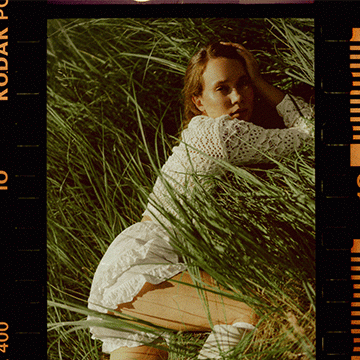Download Assets
description
Blend If is one of the most useful tools in Photoshop, but one that not many people know about. Learn how to use Blend If to add color and exposure effects to only the highlights, midtones, or shadows of any image. Precision blending in just a few clicks!
Follow along with all 30 episodes as we explore the the magic of Photoshop together!
Watch Next
JOIN 30 DAYS OF PHOTOSHOP (FOR FREE!)
Ready to jump in? Sign up and we’ll email you a printable calendar and daily class schedule so you can get started right away!
Image Source
- Christian Crocker
- Guillaume Galtier
Images sourced from Unsplash.
Share
AFTER
BEFORE
Target Your Edits. Master Blend If.
Blend If is one of Photoshop’s most underrated features. This powerful tool provides a non-destructive way to seamlessly composite different elements, making it perfect for tasks like sky replacement and advanced color grading.
The Blend If Dialog
1. Start by understanding the Blend If dialog. You can access it by double-clicking on a layer in the Layers panel or by going to Effects > Blending Options.
2. The dialog contains two key sliders: Current Layer and Underlying Layer. Each slider has a black and a white point, which can be split for more control. By holding Alt/Option and clicking a slider point, you can separate it into two, allowing you to create a feathered, gradual blend. The Current Layer slider controls the visibility of your active layer, while the Underlying Layer slider controls how the active layer interacts with the layer below it.
Sky Replacement
1. To use Blend If for a practical application, like replacing a sky, first import your new sky image.
2. Place it above your original image layer. To begin blending the new sky, double-click the new sky layer to open the Layer Style dialog. Use the Underlying Layer slider and Alt/Option + click to drag the white point to the left. This will make your new sky disappear from the highlight areas of the original image, revealing the original image’s highlights and shadows. This process creates a much more realistic blend, making the sky appear to be part of the original scene.
Color Toning with Blend If
Blend If isn’t just for compositing; it’s also great for color toning.
1. Create a new Solid Color fill layer (Layer > New Fill Layer > Solid Color) or a Gradient Map adjustment layer (Layer > New Adjustment Layer > Gradient Map).
2. Double-click the new layer to access the Blend If options. By manipulating the sliders on the Underlying Layer, you can restrict the color effect to only the shadows, midtones, or highlights of the image below. For example, to add a color to only the shadows, hold Alt/Option and drag the white point on the Underlying Layer slider to the left. This allows you to precisely color grade an image without affecting the entire tonal range.
Tomorrow, we’ll continue our series by exploring a new topic: blending modes. We’ll show you how different blending modes can transform your images and combine layers in creative and exciting ways.












